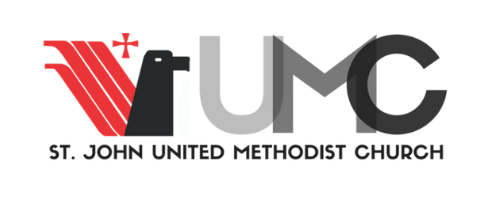General Conference 2024 Recap
This is a brief recap of the changes for the United Methodist Church as a result of the General Conference the last two weeks.
The General Conference of the UMC is made up of voting members, of whom 50% are clergy and 50% are laity. There are usually close to 1,000 members making up this body, which is scheduled to meet once every four years. Because of the pandemic, this body did not meet in 2020, and so April 2024 was the first “regular” General Conference since 2016. (There was a special session in 2019, but it did not deal with the regular business of the church.) The General Conference is the only body empowered to speak on behalf of the entire denomination.
The UMC is a global denomination, with significant membership not only in the United States, but also in Africa, and the Philippines (among other locations). Despite being a global church, the General Conference has historically been U.S. focused. To try and correct for this type of colonial approach, the General Conference voted to regionalize the church, giving more autonomy to the different geographic regions of the church. This change will have to be ratified in the coming years by a vote of the various annual conferences.
The General Conference also granted sacramental authority to the order of Deacons. Deacons are clergy leaders who are called by God, authorized by the church and ordained by a bishop to a lifetime ministry of word, service, compassion and justice. Different than ordained elders, Deacons are not itinerant, and find their own specialized work in the world, and the bishop appoints them. This change will allow for those who serve in chaplaincy and other settings to be able to offer baptism and communion in their ministries.
Additionally, the General Conference restructured the retirement plan for clergy in the U.S. The defined benefit (pension) program will draw to a close at the end of 2025, and going forward, clergy will only have a defined contribution plan available to them. Benefits earned through 2025 will be honored, but no defined benefit will be accrued after 2025.
The church also voted to enter into “Full Communion” with the Episcopal Church. Being in full communion is a recognition that our beliefs, specifically around sacraments, are very similar, and as a result, the denominations can share clergy members (for example, the bishop could appoint an Episcopal priest to serve a United Methodist Church, or an Episcopal Church could call a United Methodist pastor.) This agreement will need to be confirmed by the Episcopal Church. The UMC is already in full communion with the Moravian Church and the Evangelical Lutheran Church in America, along with many of our historical African American Methodist sister denominations (AME, AMEZ, the CME, and others).
The church also adopted a significantly revised “Social Principles.” These are a collection of position statements of the church on topics where faith and society intersect.
Lastly, the General Conference removed all of the prohibitive and discriminatory language related to LGBTQ+ persons. Based on these changes, churches and pastors are now free to marry whomever they wish. LGBTQ+ persons are now legally eligible to be considered for ordination and consecration as elders, deacons, and bishops. These changes may seem inconsequential for a church like St. John since we have been living into these values for over a decade. These changes are a very big deal for many other congregations across the globe.
Let us all continue to be in prayer for the larger church, as together we seek to make disciples of Jesus Christ for the transformation of the world.
